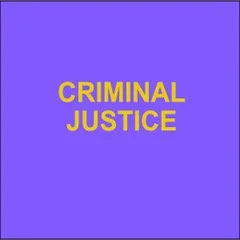By BRANDON L. GARRETT, ERIC TUCKER & NICHOLAS SCURICH
Firearms violence results in hundreds of thousands of criminal investigations each year. To try to identify a culprit, firearms examiners seek to link fired shell casings or bullets from crime scene evidence to a particular firearm. The underlying assumption is that firearms impart unique marks on bullets and cartridge cases, and that trained examiners can identify these marks to determine which were fired by the same gun. For over a hundred years, firearms examiners have testified that they can conclusively identify the source of a bullet or cartridge case. In recent years, however, research scientists have called into question the validity and reliability of such testimony. Judges largely did not view such testimony with increased skepticism after the Supreme Court set out standards for screening expert evidence in Daubert v. Merrell Dow Pharmaceuticals, Inc. Instead, the surge in judicial rulings came more than a decade later, particularly after reports by scientists shed light on limitations of the evidence. In this Article, we detail over a century of case law and examine how judges have engaged with the changing practice and scientific understanding of firearms comparison evidence. We first describe how judges initially viewed firearms comparison evidence skeptically and hought jurors capable of making firearms comparisons themselves— without an expert. Next, judges embraced the testimony of experts who offered more specific and aggressive claims, and the work spread nationally. Finally, we explore the modern era of firearms case law and research. Judges increasingly express skepticism and adopt a range of approaches to limit in-court testimony by firearms examiners. In December 2023, Rule 702 of the Federal Rules of Evidence was amended, for the first time in over twenty years, specifically due to the Rules Committee’s concern with the quality of federal rulings regarding forensic evidence, as well as the failure to engage with the ways that forensic experts express conclusions in court. There is perhaps no area in which judges, especially federal judges, have been more active than in the area of firearms evidence. Thus, the judging of firearms evidence has central significance for the direction that scientific evidence gatekeeping may take under the revised Rule 702 in federal, and then state courts. We conclude by examining lessons regarding the gradual judicial shift toward a more scientific approach. The more-than-a-century-long arc of judicial review of firearms evidence in the United States suggests that, over time, scientific research can displace tradition and precedent to improve the quality of justice.
97 S. Cal. L. Rev. 101, 2024.


